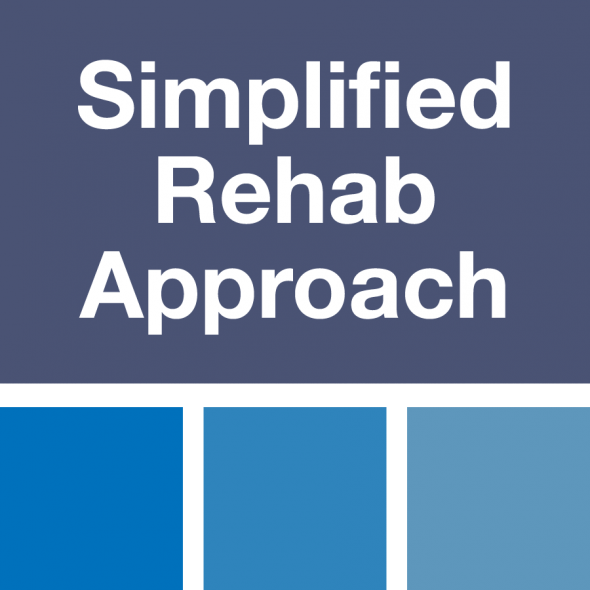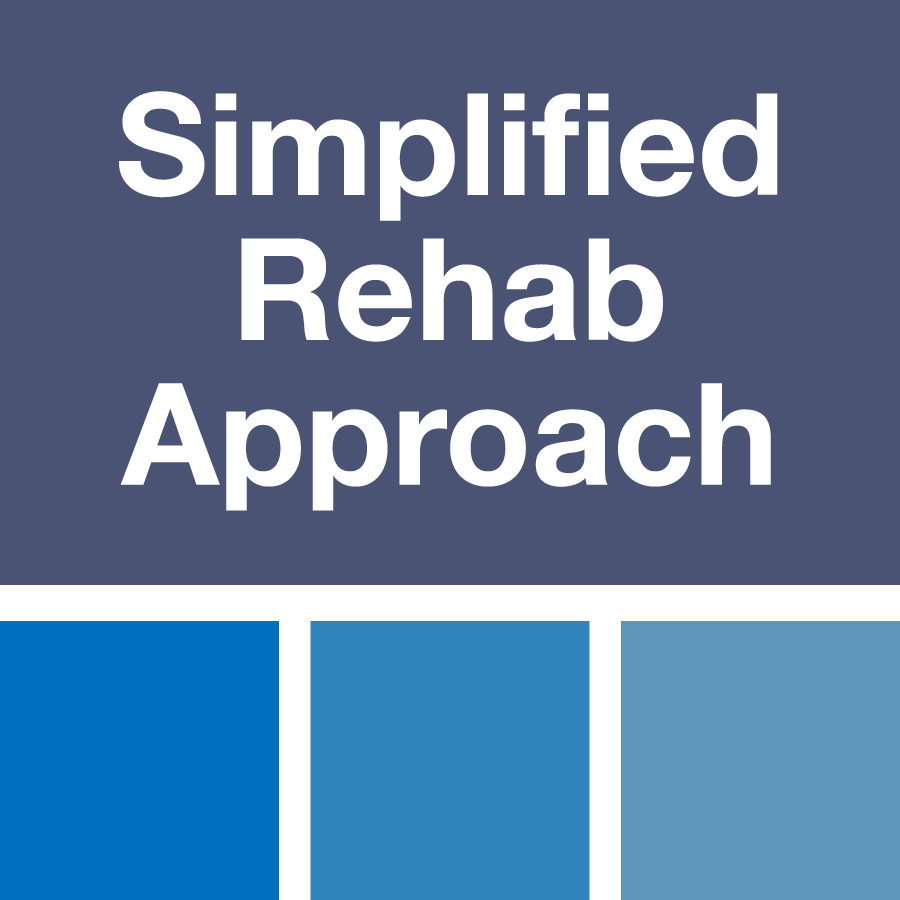
On the other side of the coin, we also have seen or been exposed to patients who, aside from a broken hip or a replaced joint, present to us with other co-morbidities that make it more challenging to establish a therapeutic recovery program for them to transition to a lower level of care. For clinically complex patients, we as clinicians are faced with a daunting task to assist these patients with our skills and translate it into our documentation to limit the risk of reviews and audits.
- Have multiple co-morbidities compromising the patient’s functional performance associated with low activity tolerance and lack of motivation to participate
- Require nursing and rehabilitative interventions to address an exacerbation and /or remission of a condition
- Have respiratory, cardiovascular, metabolic and infection issues
The first step in a successful clinical intervention is using our diagnostic and assessment skills. This requires us to go back to the basics and make sure we are assessing vital signs, including blood pressure (BP); heart rate (HR); saturation of peripheral oxygen (SpO2); respiratory rate (RR); temperature; pain (now considered the fifth vital sign); and gait speed (now considered the sixth vital sign). As therapists, we assess these vital signs and make clinical decisions on how to proceed with intervention based on the results.
The next important area of assessment with this population is understanding lab values and how those results impact care decisions. For example, hemoglobin:
- Clotting time: INR
- Plasma Glucose — watch for S/Sx of hypo and hyperglycemia
- O2 Sat – < 88% will require supplemental O2
Here is a link for a great reference to assist with understanding lab values:
http://c.ymcdn.com/sites/www.acutept.org/resource/resmgr/imported/labvalues.pdf
We also need to make sure we have a good understanding of pharmacology as it relates to our patients. As therapists, we all know that prescribing medications, whether over the counter or herbal, is not part of our practice act. We must have the understanding that each medication taken by our residents can affect different organ systems, in turn affecting functional mobility and performance. A common medication that we have all encountered are beta blockers, which are prescribed to reduce stress or force exerted by a compromised heart. Checking the BP and HR using traditional means may not be as accurate as conducting an actual “stress test,” which most of our facilities do not have. Incorporating alternative means (Borg’s RPE) then will be very important for accuracy and consistency when implementing an exercise program or a functional task.
Consider obtaining the Drug Guide for Rehab Professionals by Charles Ciccone (this also can be purchased as an app for $39.99):
http://www.fadavis.com/product/physical-therapy-dg-rehabilitation-professionals-ciccone
Now we can start assessing physical functioning. We have to remember that many of these patients are not even able to get out of bed, so we need to start with basics here, too. This includes how we get our patients to transition from supine to sitting to standing and reverse. Some assessments to consider include:
- Grip strength: Reduced hand grip strength is associated with increased frailty, mortality and morbidity (Chung et al., 2015)
- Chair step test
- Modified functional reach (done sitting)
- Functional reach (done standing)
- mCTSIB (Modified Clinical Test of Sensory Interaction and Balance)
- Two-minute step test/chair step test
- AMPAC (Activity Measure for Post-Acute Care)
Some helpful tools to include in your departments would be:
- Sphygmomanometer (do not rely on wrist monitors)
- Stethoscope
- Stopwatch (do not depend on your cellphones because you can miss out of the visual assessment of your patients; every second counts
- Tape measure or measuring stick
- Dynamometer (this is a good investment)
Remember, if a test has to be modified, document what was modified/completed. As the patient progresses and the parameters are met, then it can assist in justifying the clinical services provided. For example: If a patient cannot complete sit<>stand from a 17-inch chair but can do it from 19 inches, document: Two reps completed for 30-second chair rise test from a 19-inch seat height.
By John Patrick Diaz, PT, DPT, CEEAA, RAC-CT, Director of Rehab, Parkside Rehabilitation Center, El Cajon, CA

